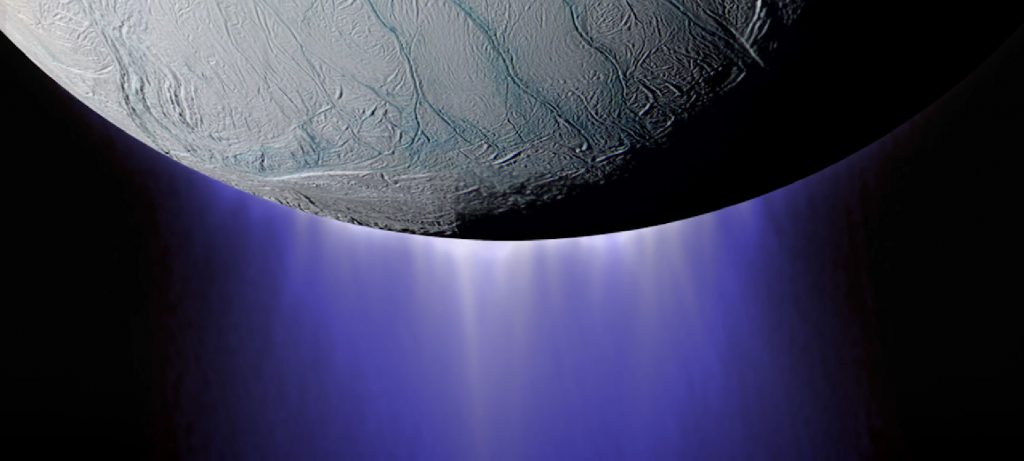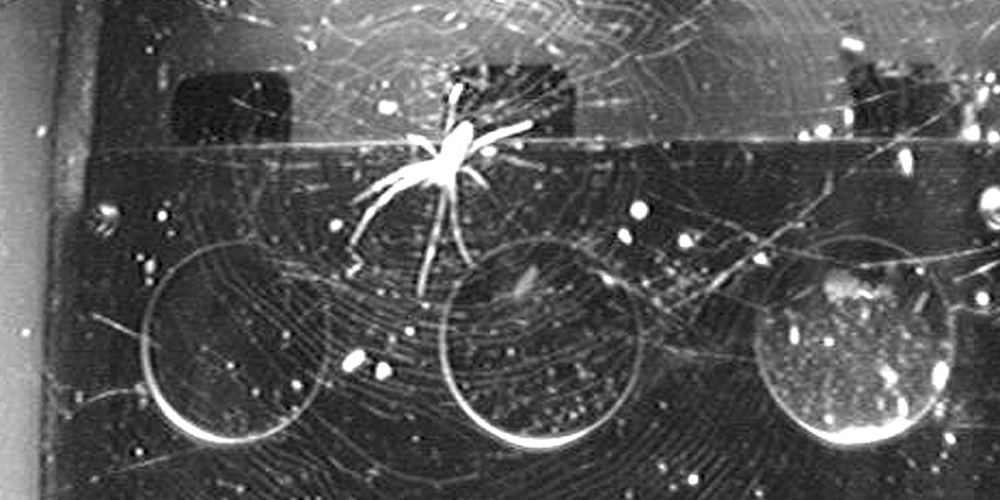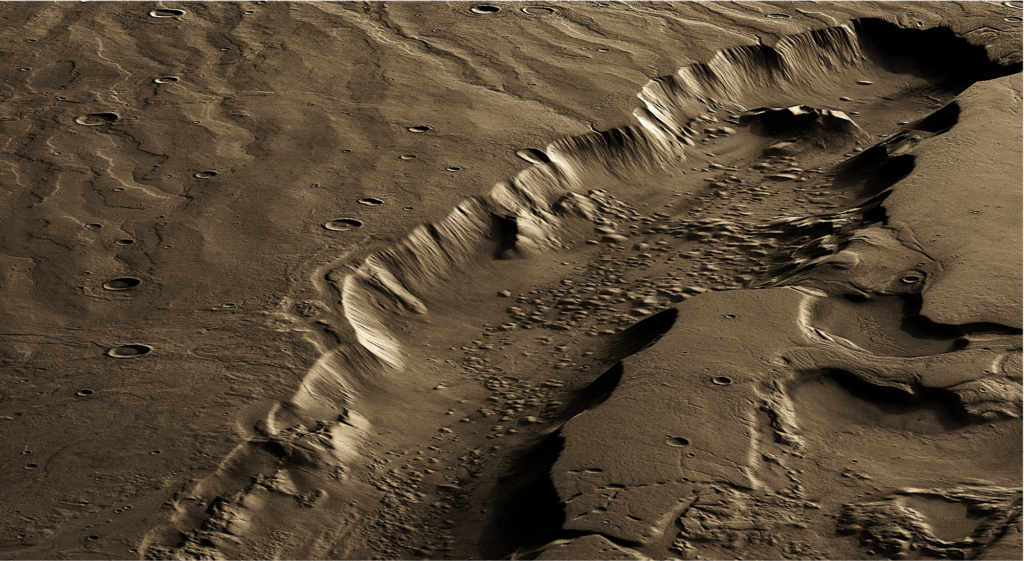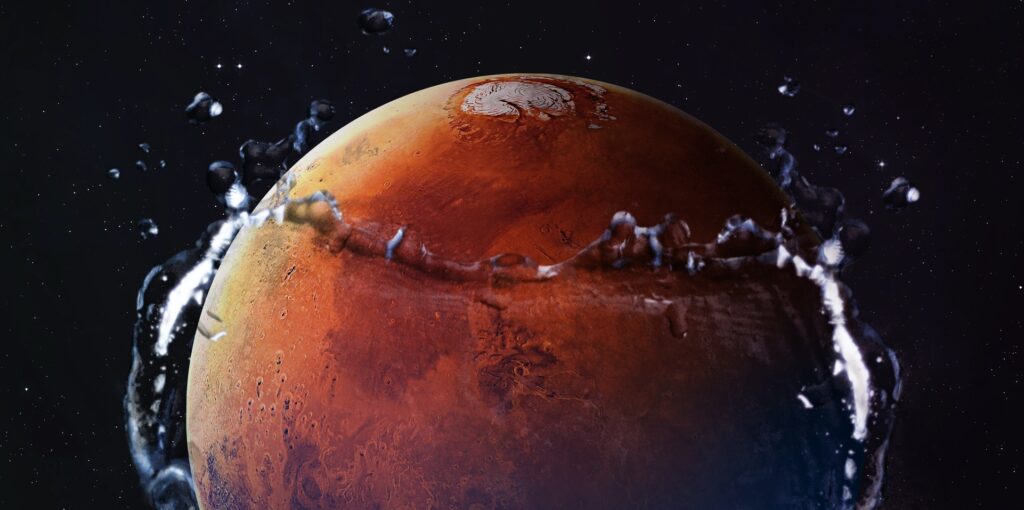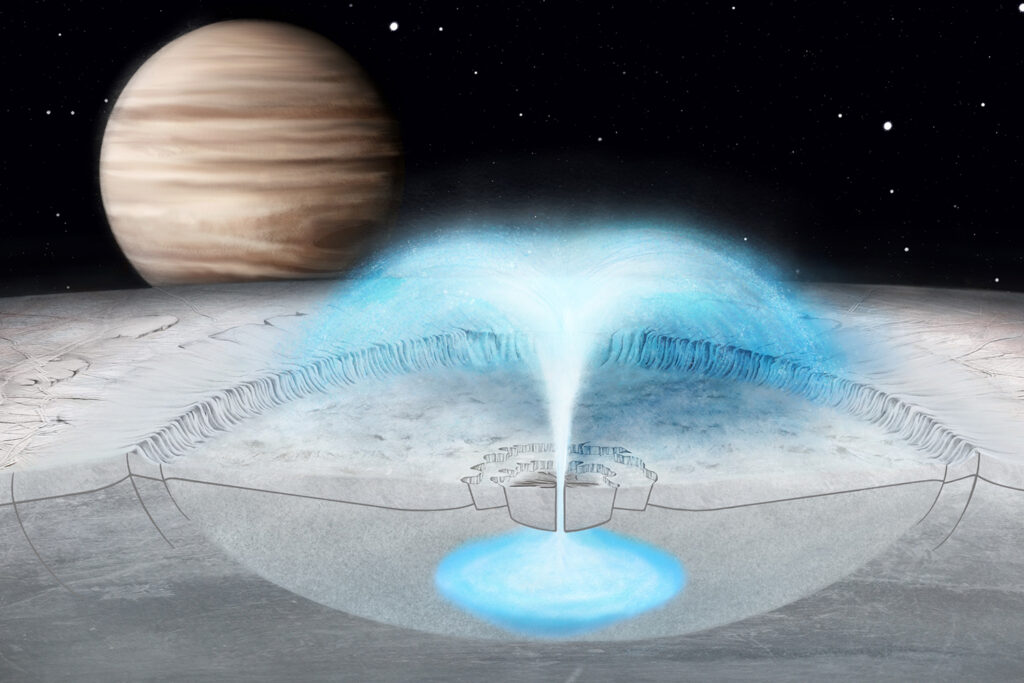I welcome our future rulers, the Artificial Superintelligences
An artificial intelligence that is smarter than humans is one of the favorite subjects in science fiction. There are researchers who claim that such an AI is technically impossible. Others believe it is inevitable. If that could be the case, humanity faces a difficult problem. Can we somehow ensure that this superintelligence is benevolent to us? Can we control it? Because if we can't, the survival of humanity would be in its hands alone. A conception, which can please us so little that we would have to do then everything to prevent its emergence. An international team of researchers…


